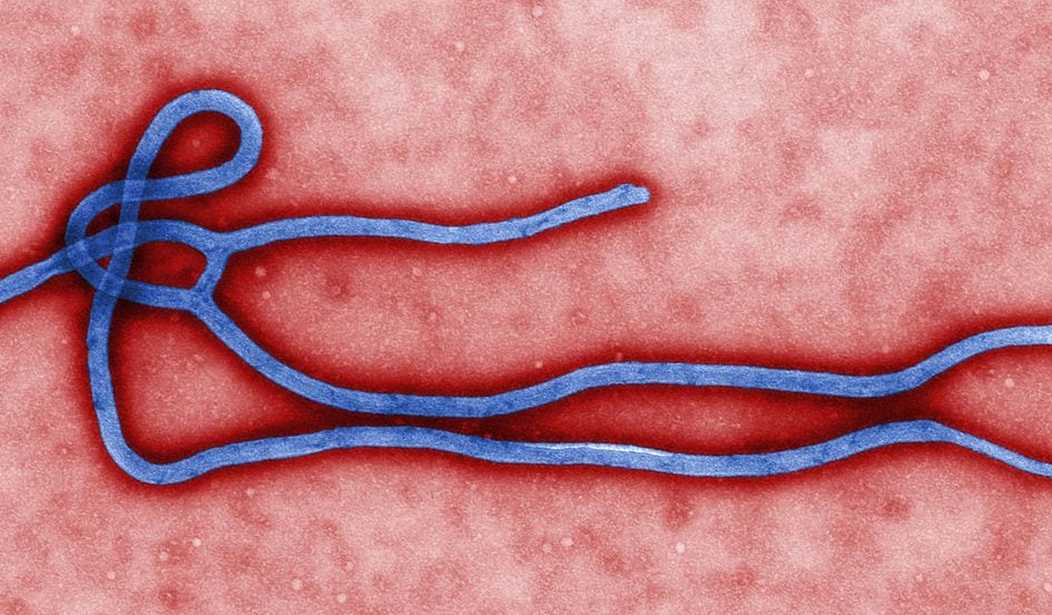A gas cylinder exploded in a Siberian Russian Research lab used to store deadly viruses like smallpox, ebola, and HIV.
The Russians claim there is no “sustained” threat from the explosion, which occurred on the 5th floor of the State Research Center of Virology and Biotechnology, known as Vector.
One worker was injured in the blast, which was powerful enough to blow out windows on the floor.
According to the state-run TASS news agency, Koltsovo city head administrator Nikolai Krasnikov said that the blast occurred during scheduled repair work, blowing out glass in the building and starting a 30 square meter fire. Various reports have indicated the incident started with a gas explosion. However, Krasnikov emphasized that no biohazardous materials were stored where the explosion and blaze occurred, and that there is no threat to the general population. The Vector building in question did not suffer structural damage, Krasnikov added, while the worker is in “intensive” condition.
RT, another state-run media outlet, reported that the fire was upgraded to a “major incident” and that the Emergencies Ministry dispatched 13 fire trucks and 38 firefighters.
TASS and RT are less than reliable sources of information. These are the guys that hid the critical nature of the Chernobyl nuclear accident for years. Just recently, a Russian nuclear-powered missile blew up, spreading radiation across Russia and its borders. Once again, the Russian government couldn’t bring itself to tell the truth about the incident.
Russia has been cagey with the details of the accident, which killed at least five and as many as seven people and triggered a brief radiation spike in nearby Severodvinsk, a detail Russia has flip-flopped on acknowledging. Russia says the radiation situation, which was within acceptable levels, has stabilized.
In the aftermath of the explosion, Russia’s explanation of the accident and its risks varied, several nuclear monitoring stations in Russia mysteriously went offline, doctors treating the wounded said that they were forced to sign nondisclosure agreements and that hospital records were destroyed, and one doctor was found to have a radioactive isotope in his muscle tissue. Russia has insisted that the cesium-137 detected was the result of something the doctor ate.
Russian authorities claimed that the incident happened “during tests of a liquid propulsion system involving isotopes,” (Russian state media initially said a rocket engine exploded), but Bohmer reportedly explained that short-lived radioactive isotopes would not have been produced by that sort of test.
It doesn’t appear that there was any dangerous release of these viruses, but who knows? Smallpox was eliminated for good in the late 1970s thanks to evil vaccinations. Ebola is a horrible disease but thankfully, is only spread by direct contact with infected blood and body fluids. Most of these other viruses stored at Vector and the CDC are used in research projects, advancing medical knowledge and helping to cure other diseases.
Are there enough safeguards at the Russian lab to prevent these viruses from breaking out and causing epidemics? We hope so, but who really knows?










Join the conversation as a VIP Member